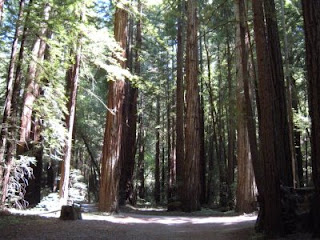I have been tabulating the data from the playback experiments. The preliminary results look very compelling. Western birds appear to recognize differences between their own dialects and different dialects from eastern North America, Nova Scotia and Newfoundland. Eastern birds also appear to show a similar pattern of recognition and discrimination. I will report more solid findings later this summer. I will continue to conduct more statistical tests beginning this week.
The College has recently interviewed me about my work and has posted podcasts on the College's website. The first podcast contains an overview of the pattern of geographic variation and some examples of songs from the breeding range.
The images below are sonograms or pictorial representations of the digital recordings of these songs. The x-axis is time in seconds and the y-axis is frequency in kHz.
Eastern Regiolect (Girardville, Quebec)

Newfoundland Regiolect (Burgeo, Newfoundland)

Nova Scotia Regiolect (Wreck Cove, Nova Scotia)

Western Regiolect (Hudson Bay, Saskatchewan)

The second podcast is an interview and description of the project and how I have been conducting field research.
I just finished editing this video of a Western Gull. It is extremely similar to our Great Black-backed Gull.
Western Gull


